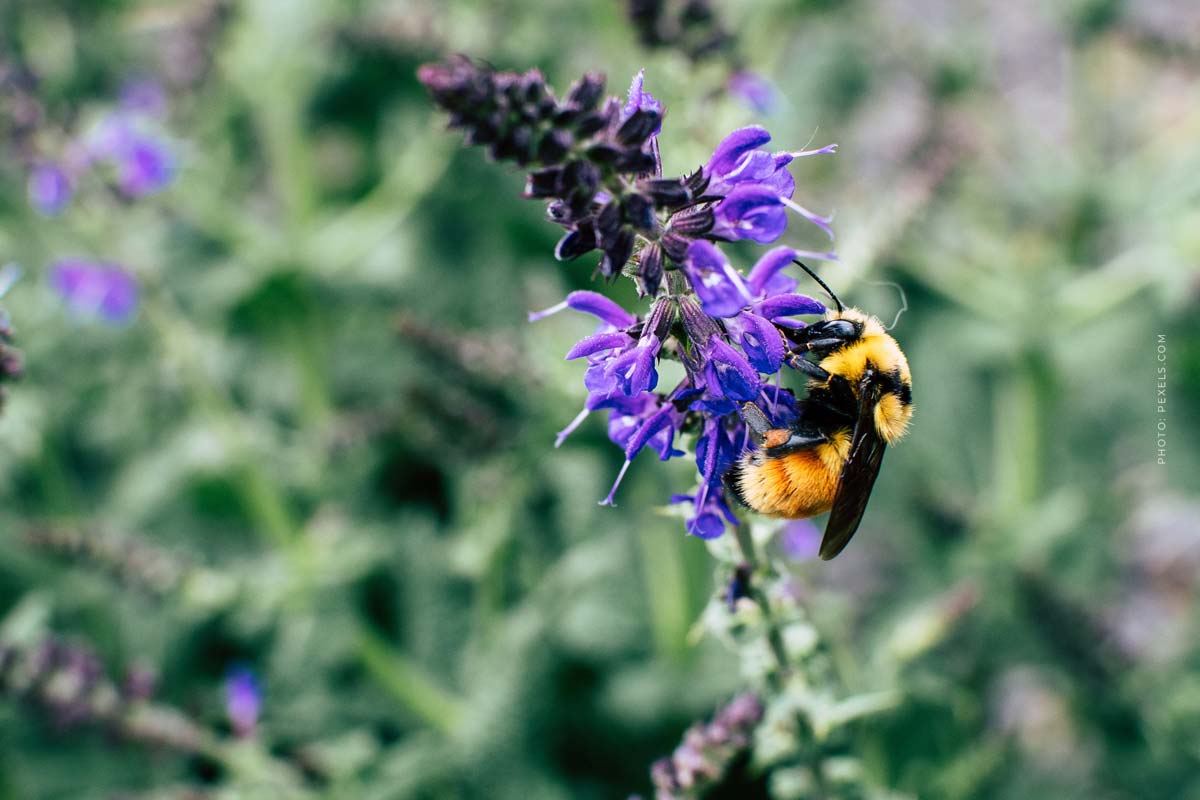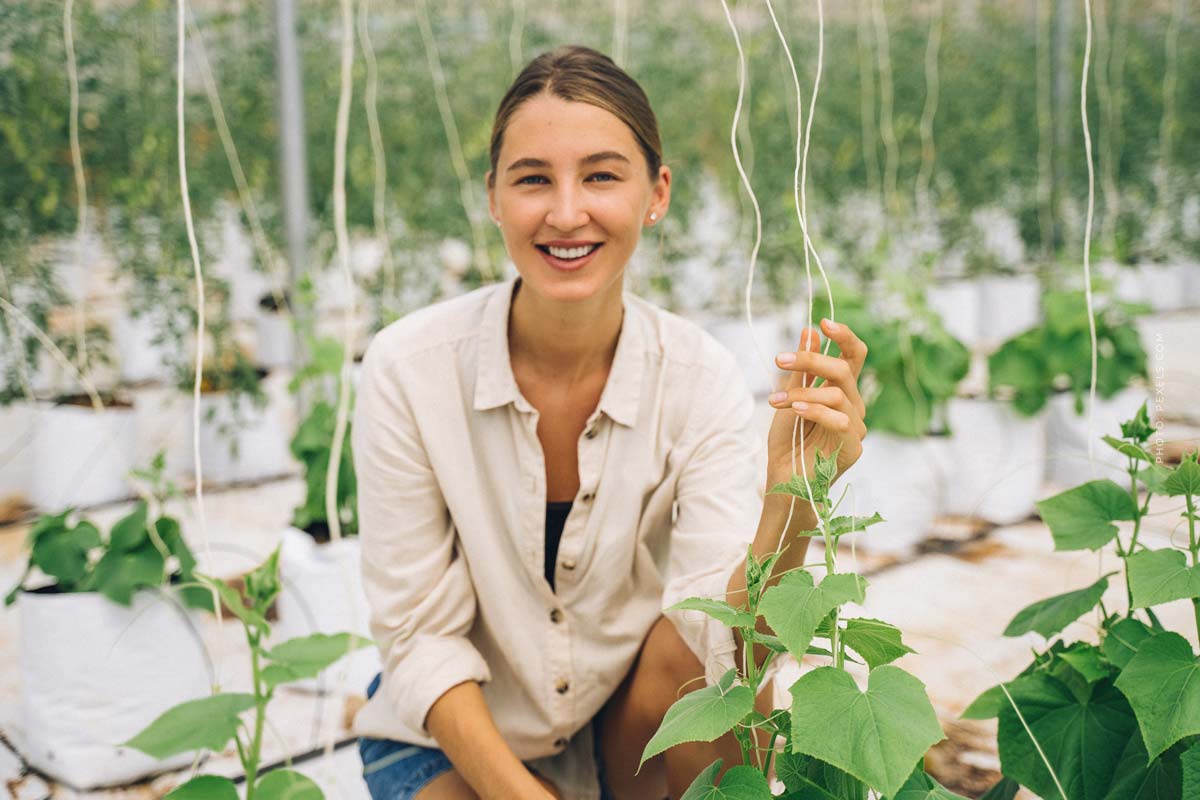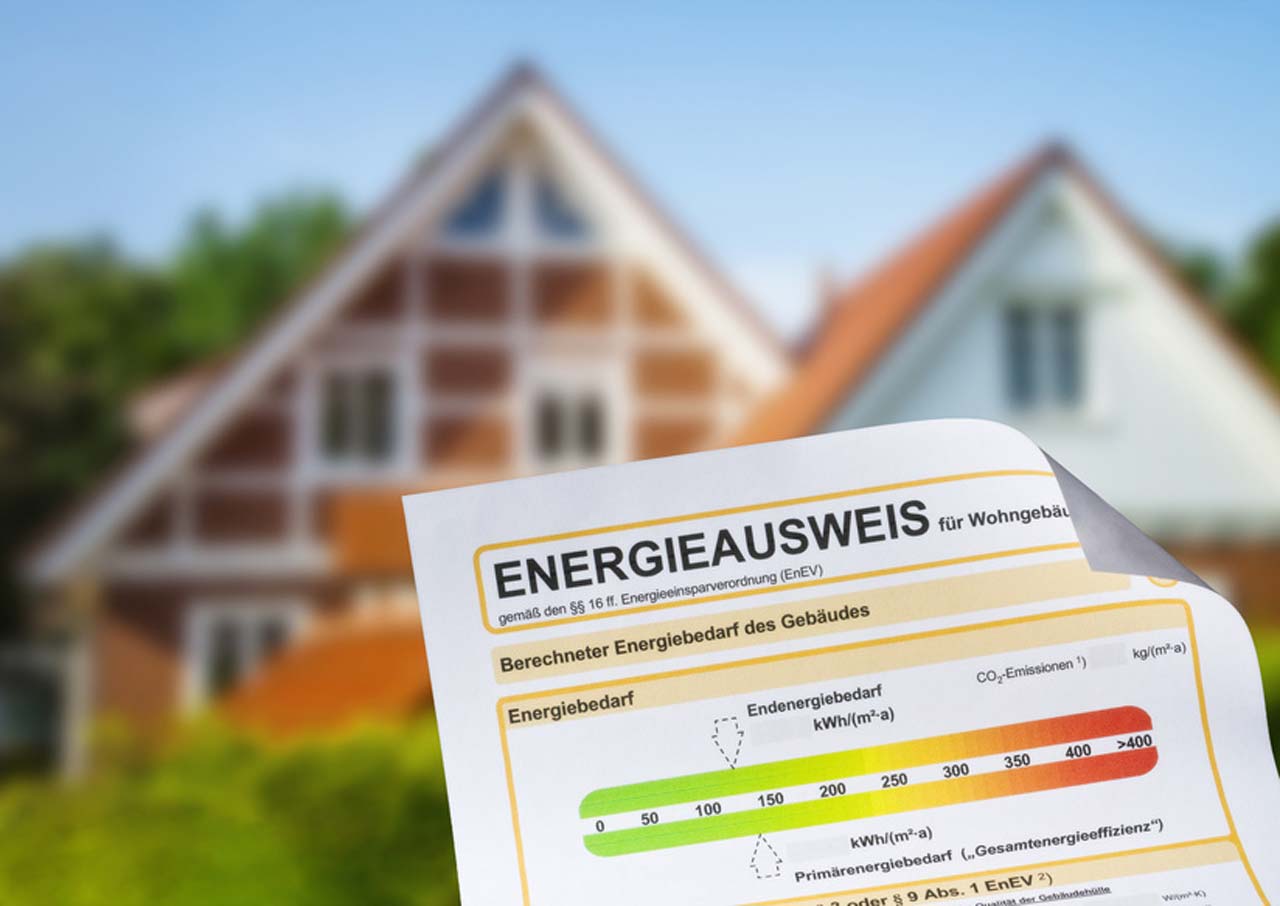Solar greenhouses in Spain: Megaproject Organic Farming – Solution for the Planet?
Organic farming megaproject in Spain – In many parts of Spain, especially in regions with high sunshine potential such as Andalusia and Murcia, solar greenhouses cover thousands of hectares. These impressive facilities are not only efficient, but also extremely profitable. They make it possible to grow fruit, vegetables and other crops all year round, regardless of seasonal fluctuations. Not only conventionally, the proportion of land under organic cultivation has increased from 1.4 percent to an impressive 10.3 percent and continues to show strong growth.
Solar greenhouses in Spain
Spain, with its warm climate and abundant hours of sunshine, offers ideal conditions for the use of solar greenhouses. These special greenhouses are designed to make optimum use of sunlight while providing plants with the necessary protection from extreme weather conditions. As we are also frequently involved in the sale of agricultural land, sustainable agriculture is always an exciting future field for us.
The use of solar greenhouses in Spain has increased in recent years, especially in the commercial sector. Large agricultural businesses and mega-projects have recognized that this method is not only environmentally friendly, but also offers considerable advantages.
Cultivation area for solar greenhouses in Spain
The cultivation area for solar greenhouses in Spain has increased considerably in recent years. This is mainly due to the growing demand for sustainably grown food and the increased use of renewable energy sources. Large agricultural companies and mega-projects are increasingly investing in solar greenhouses in order to increase their yields and reduce their environmental footprint at the same time.
How a solar greenhouse works
This video explains the important considerations and elements when building a passive solar greenhouse. These include positioning in relation to solar radiation, choice of glazing (polycarbonate), building materials (wood and fiber cement panels), insulation, thermal mass, ventilation options, preparation of planting beds and automation of processes such as ventilation and irrigation. This overview provides useful information for building an efficient passive solar greenhouse.
Example of agriculture in Almería: challenges and opportunities
Almería, a region in Spain, is known for its plastic greenhouses, which cover an enormous amount of land. These greenhouses play a crucial role in supplying Europe with fruit and vegetables, and they provide between 40 and 50 percent of these products. However, intensive agriculture in Almería has both positive and negative aspects. I recommend the video below on the subject.
Positive impact on the economy and technology
The greenhouses in Almería have brought an economic boom to the region. They enable year-round production and contribute to economic development. State-of-the-art technology is used to increase productivity and minimize the need for pesticides.
Despite their economic importance, the working conditions in the greenhouses are controversial. The predominantly immigrant workforce often faces low wages, insecure employment and health risks from pesticides. This has led to public controversy and social challenges.
Environmental impact and sustainability
Intensive farming in Almería also has an environmental impact. Plastic waste and pesticides pollute the environment. Nevertheless, progress is being made in water use and recycling in order to minimize the environmental impact. The region uses less water per capita than many other regions in Spain.
Consumer behavior and demand
The demand for cheap, year-round fruit and vegetables in Europe has driven intensive farming in Almería. Consumers play an important role in this model, as they demand low-priced products.
Intensive farming in Almería has both positive and negative aspects. It provides Europe with an abundance of fruit and vegetables, but the working conditions and environmental impact are controversial. The future of this agriculture depends on the willingness to tackle these challenges and raise consumer awareness of their impact.
Fighting pests in an ecological way
Almería benefits from abundant sunshine, even in winter, which makes it possible to harvest ripe peppers and tomatoes all year round. This locational advantage has led to an increase in organic farming in the region in recent years. According to Yamato (source: YouTube), who works for the Association of Vegetable Growers in Almería:
“the proportion of land under organic cultivation has risen from 1.4 percent to an impressive 10.3 percent and continues to show strong growth.”
In the greenhouses of Almería, biological pest control is used to reduce the use of pesticides. Various predatory insects such as predatory mites, ladybugs and lacewings are used to keep pests such as aphids at bay. This ecological approach helps to minimize the environmental impact of agriculture.
More on this in a moment.
Mass with class! Almería from above
Despite these positive aspects, there are also challenges. In the hot months, pests can multiply quickly and cause considerable damage to the plants. The use of plastic in agriculture, which is used to cover greenhouses, also has an environmental impact. One solution is to fully recycle the plastic and work on optimizing water consumption.
Sustainable fruit and vegetables from Europe
Another example is the program“It’s Greenhouse. Sustainable fruit and vegetables from Europe” provides a range of key figures and information on sustainability and its application in the Spanish fruit and vegetable sector. Here are some of the key figures:
Growth of solar greenhouse cultivation
The area of solar greenhouses in southern Europe, particularly in the Spanish region of Andalusia, has grown from 515 hectares in the 2006/2007 season to more than 27,863 hectares in the past 2022/2023 season.
Biological pest control
The program emphasizes the use of biological pest control in the solar greenhouses. This includes the use of auxiliary fauna to control pests and diseases without using synthetic pesticides.
Top 7 products with biological pest control
The top list of natural pest control:
- Paprika leads the way in the use of biological pest control with 100% of its area,
- Followed by tomatoes,
- Cucumbers,
- Eggplants,
- Zucchini,
- Watermelons
- Melons

Sustainable agriculture and renewable energies
Solar greenhouses have become an important element of sustainable agriculture and renewable energy in Spain. The area under cultivation is growing steadily and their benefits are attractive for mega-projects and agricultural companies alike. The combination of energy efficiency, year-round cultivation and environmental protection makes this cultivation method a promising solution for the future of agriculture in Spain.









